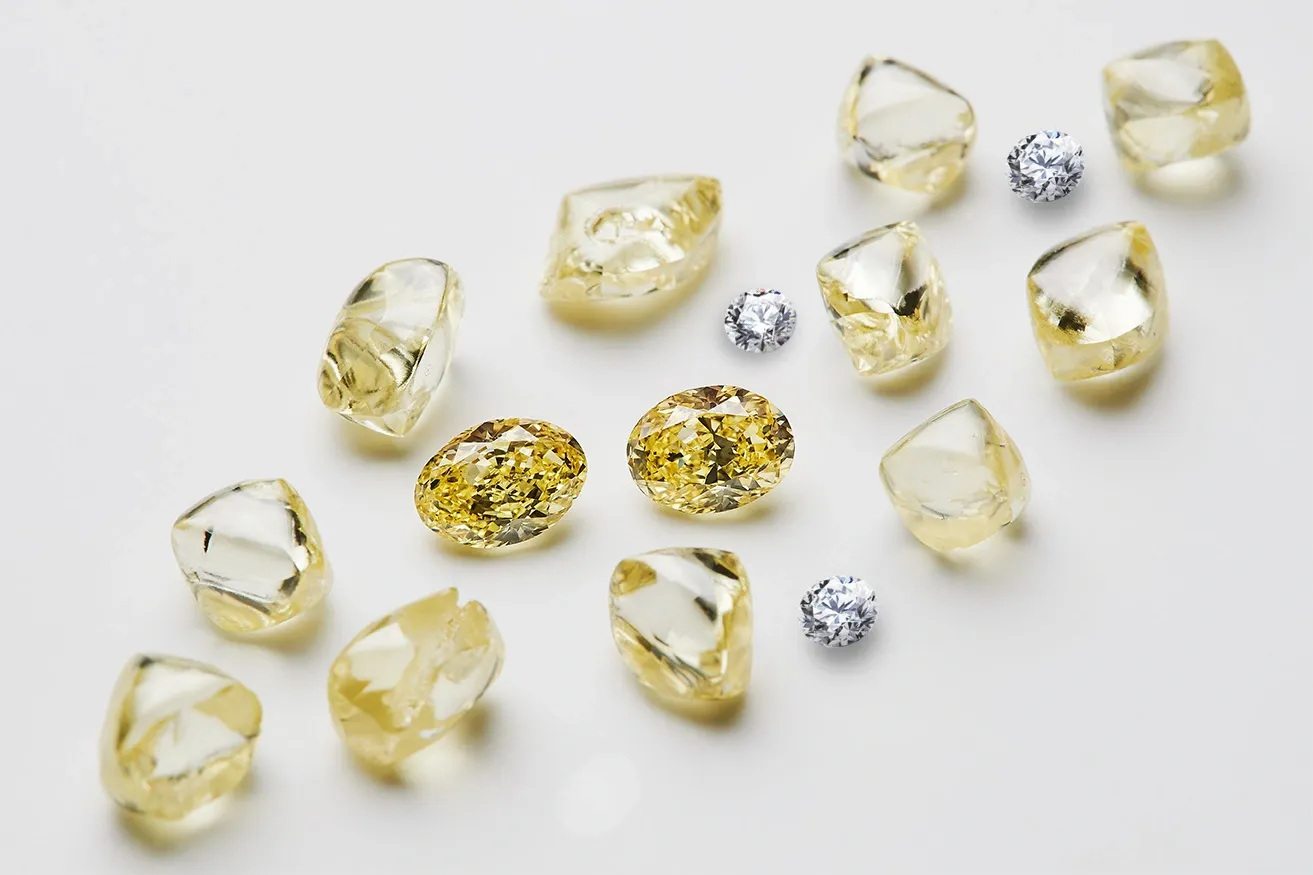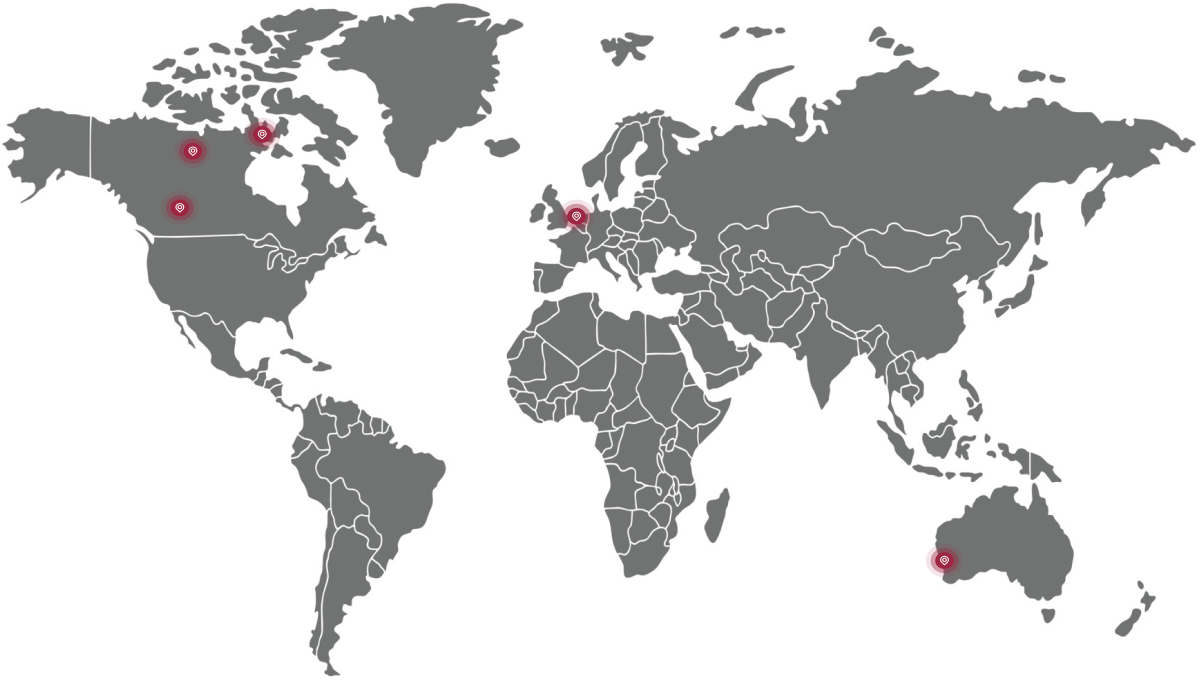At Burgundy Diamond Mines we take pride in producing and delivering ethically sourced diamonds from mine to market. Our unique end-to-end business model allows us to trace diamonds from our world-renowned Ekati Diamond Mine in Canada’s Northwest Territories, right through to point of sale, creating unquestionable diamond origin and transparency in responsible sourcing practices.






A premier global diamond company
With operations located across three continents, Burgundy is a global resources company focused on the mining, production, cutting, polishing and sale of diamonds. Our diamonds are ethically produced and sourced from Ekati, Canada’s first surface and underground diamond mine. Burgundy’s portfolio of diamond projects in Canada’s North, in combination with our cutting, polishing and grading facility in Perth, and sales capabilities in Antwerp, support our vertically integrated business model.
Operations
Mining Projects
Burgundy owns and operates Ekati Diamond Mine located in Canada’s Northwest Territories.
Sorting and Selling
We work directly with manufacturers across the globe and with some of the most experienced and talented artisans in the industry.
Cutting and Polishing
Burgundy owns and operates Australia’s only commercial diamond cutting, polishing and grading facility.
Diamond Sales
We ensure undeniable guarantee of provenance and traceability for our high-quality gemstones.
Sustainability
We work together with local communities and stakeholders to deliver on our commitments.
Careers
Looking for a challenge? Want to be at the forefront of our operations? Consider a career with unlimited potential with a company focused on growth and furthering your professional pursuits through training and development.

Interested in purchasing Ekati diamonds?
Premium quality, ethically sourced Canadian diamonds are available through our sales office in Perth, Australia and also through registered CanadaMark ™ diamond retailers. Please fill out the Purchase Inquiry Form if you wish to register to participate in one of our rough diamonds sales auctions in Belgium or inquire about available polished diamonds through our sales office in Perth, Australia.


